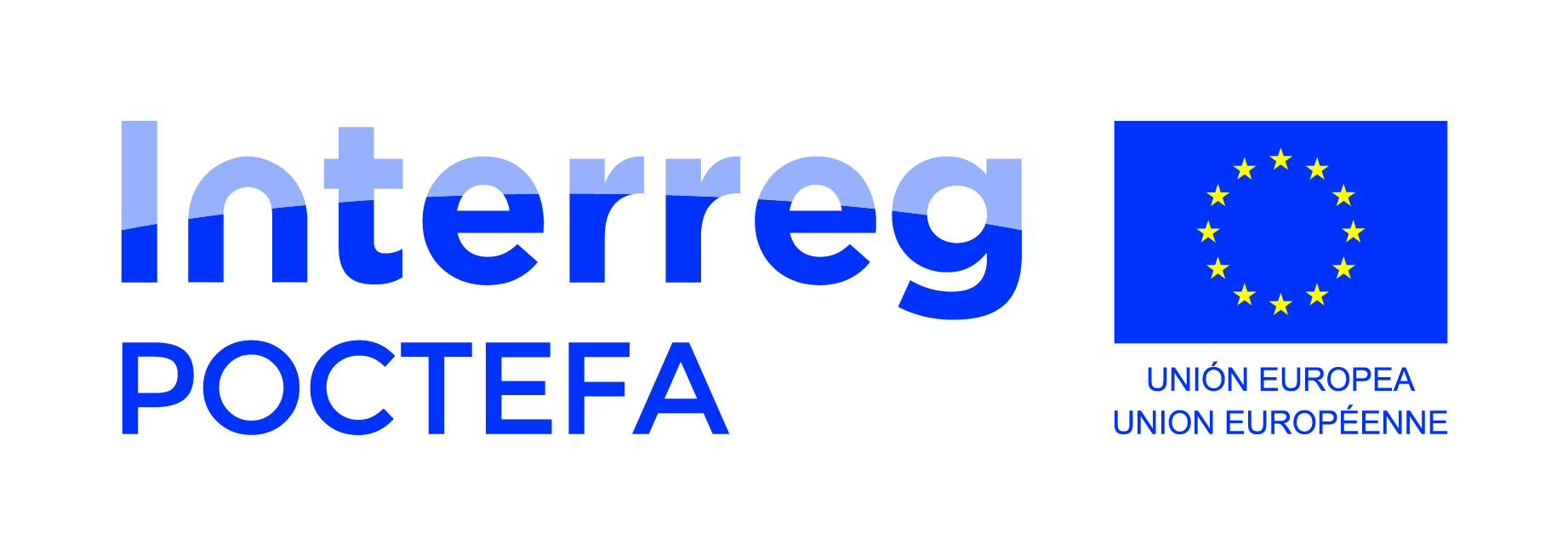Figure 1. Synthetic 3D VTI marine model with bathymetry. A 3D view of the complex seabed and the reservoir unit are provided. The resistivity values for each material are also given.
Octavio Castillo, Postdoctoral researcher at the Geosciences applications group in the CASE Department of the Barcelona Supercomputing Center published a new paper in the special issue “Towards Exascale HPC and Data Intensive Algorithms in the Energy Industry” of Energies.
Under the title “HPC Geophysical Electromagnetics: A Synthetic VTI Model with Complex Bathymetry”, the publication introduces a new synthetic marine model for 3D controlled-source electromagnetic method (CSEM) surveys.
The paper is open-access and can be found here.
Summary of the publication:
The proposed model includes relevant features for the electromagnetic geophysical community such as large conductivity contrast with vertical transverse isotropy and a complex bathymetry profile. In this paper, we present the experimental setup and several 3D CSEM simulations in the presence of a resistivity unit denoting a hydrocarbon reservoir. We employ a parallel and high-order vector finite element routine to perform the CSEM simulations. By using tailored meshes, several scenarios are simulated to assess the influence of the reservoir unit presence on the electromagnetic responses. Our numerical assessment confirms that resistivity unit strongly influences the amplitude and phase of the electromagnetic measurements. We investigate the code performance for the solution of fundamental frequencies on high-performance computing architectures. Here, excellent performance ratios are obtained. Our benchmark model and its modeling results are developed under an open-source scheme that promotes easy access to data and reproducible solutions.



